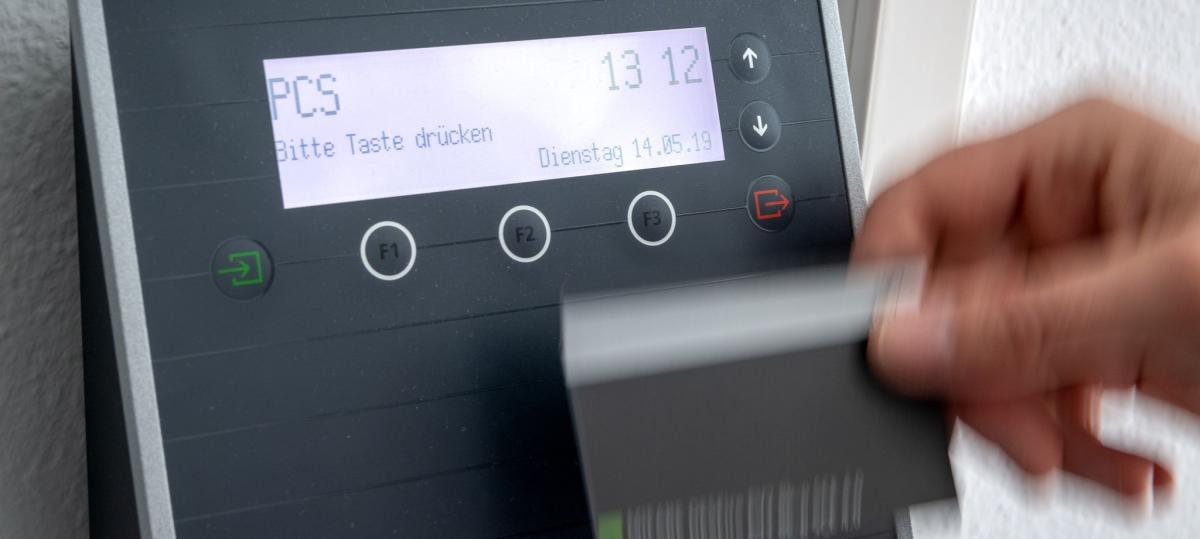Five children with acute intestinal stick infection / day have already been treated at the BKUS Intensive Care Unit

A day before, four children with acute intestinal stick infection were treated in the Intensive Care Unit.
It has already been reported that by Thursday, 28 children have been hospitalized since the infection outbreak with approved toxin -producing E.coli. From them, 12 children were prescribed by April 3, whose health condition allowed treatment to continue outpatient treatment after the observation period.
On Thursday, a total of 16 children were treated at the Children’s Hospital with approved intestinal infection in both intense and infection.
It has already been reported that the initial results of microbiological examinations may indicate some of the outbreaks of E.coli infection with some products, and a combined outbreak, when one product is contaminated with various pathogens, LETA informed the Disease and Prevention Control Center (SPCC).
Specialists of the Center continue the epidemiological examination of the infection and have drawn the above conclusions after receiving the first results from the laboratory.
E.Coli strains, which are able to form toxins as stec/VTEC (this -toxin or verotoxin forming E. coli). The SPCC points out that two STEC serotypes (0103 and 026) are set in the laboratory. These two serotypes were found in infected people, which indicate different types of illness. Therefore, the current conclusions also suggest individual outbreaks or a combined outbreak when one product is contaminated with different pathogens. Food and washed food and Veterinary Service (FVS) are investigated.
Until April 3, 58 people have been registered, including seven adults. Riga has 27 sick, in Sigulda municipality – ten, in Ādaži municipality – eight, in Cēsis and Liepaja – three in Salaspils and Kekava municipalities – two, and one by one in Jelgava, Ropazi and South Kurzeme.
Cases are recorded in 28 educational institutions – 26 kindergartens and two primary schools.
Currently, 153 contacts have been investigated, but a total of approximately 900 contacts in educational institutions and homes have been identified.
Currently, epidemiologists are working in several directions when driving cases investigations and has been conducted in several large -scale measures, the SPCC points out.
Specialists have sent recommendations to all affected educational institutions, and have made communication with family doctors of all infected persons. All affected and children’s legal representatives were also interviewed, collecting and analyzing the results.
At the same time, communication with the parents and staff of the absent children and recommendations provided if the absence is related to the signs of an infectious disease.
The affected educational institutions have also been visited, and the laboratory examination of all kitchen block staff, whose results are still being processed. The menus are obtained, compiled and analyzed.
The SPCC also informs that it is in communication with the European Disease Prevention and Control Center experts on the epidemiological measures implemented. In collaboration with them, the algorithm will be updated to doctors on how to suspect the patient’s illness with this infection and how to notice its complication – hemolytic uremic syndrome in a timely manner.
It has already been reported that on Tuesday, the FVS received the results of laboratory examinations in 55 food samples removed in pre -school educational institutions, which had previously identified cases of developing a toxin -producing E. coli infection, and no infection has been detected in any of the samples.
The SPCC explains that all people and animals in the gut have bacteria called Escherichia coli (E. coli) or intestinal stick. They are part of our normal bacterial flora and usually harmless. However, there are specific strains of E. coli, which are able to form toxins or poisonous substances and cause serious illness.
These strains are called Stec/VTEC (E. Coli, a toxin or Verotoxin). They can cause severe, bloody diarrhea, which in some cases causes acute renal failure, which requires intensive care.
The main reservoir of these strains is herbivorous animals, especially cattle. The cause is excreted from the animal or from the human body with feces. A person can become infected by consuming infected foods, under -heat -treated beef, uncooked milk, unwashed or raw fruits or vegetables. Transfer of infection directly from person to person is also possible.
The SPCC reminds food to be treated for a thermally, rinse under running water, and in particular products that will not be heated before consumption. If the symptoms of infection occur – cramping abdominal pain or bloody diarrhea should be contacted immediately.
In Latvia, this infection was recorded last year in 42 cases. On average, four to five cases of this infection are recorded per month, the SPCC points out.








